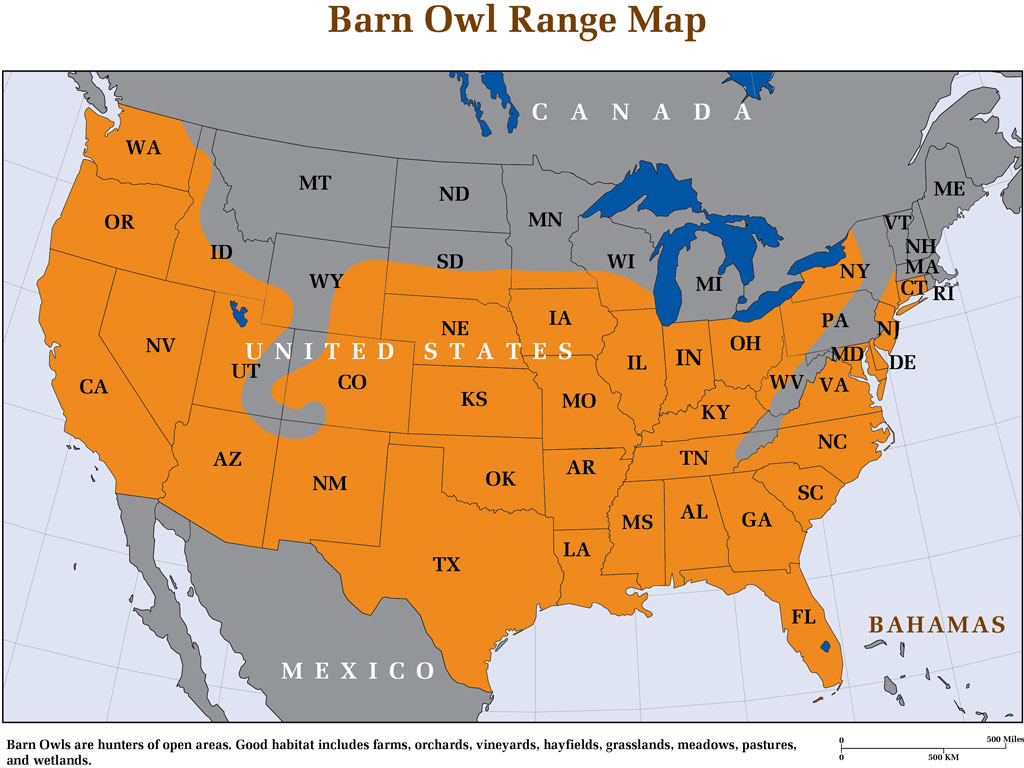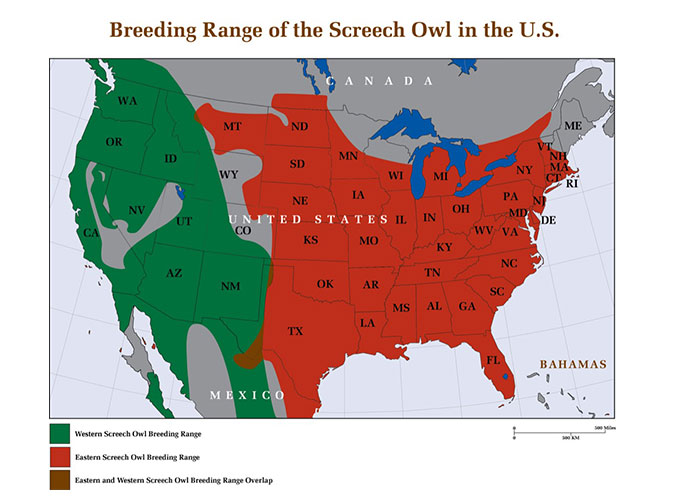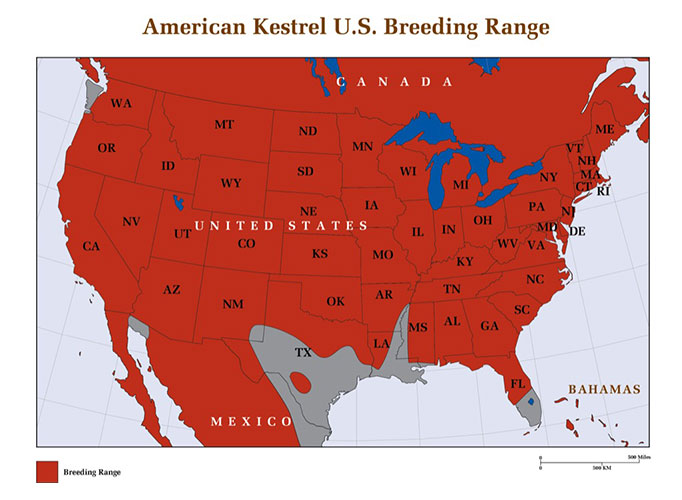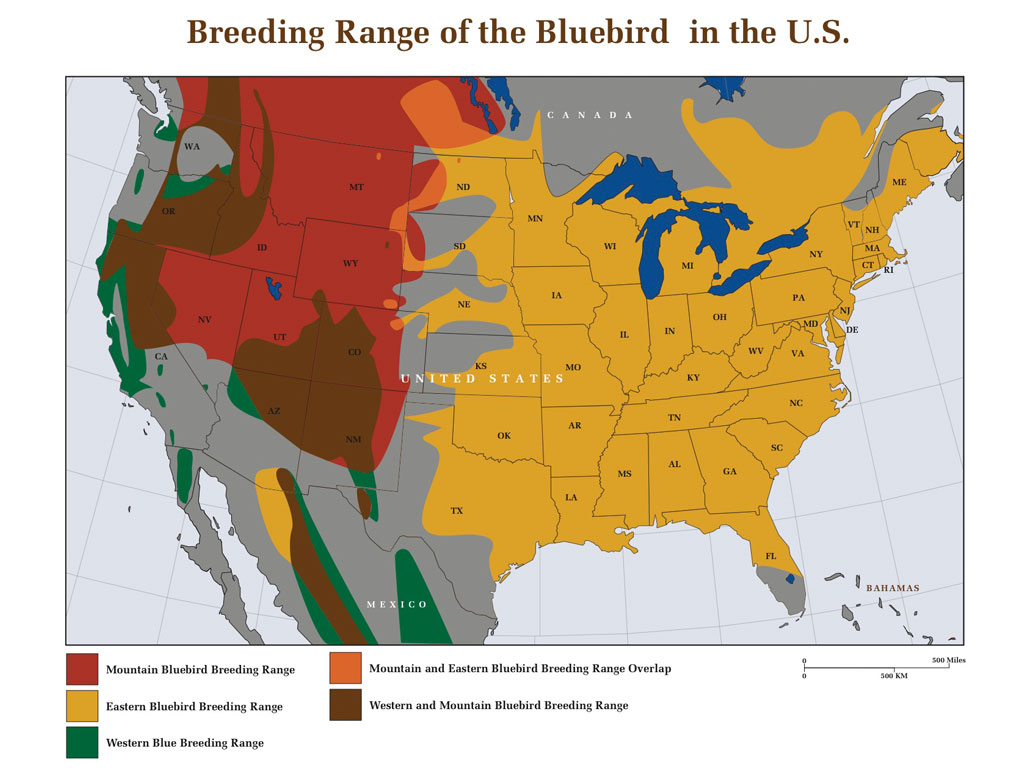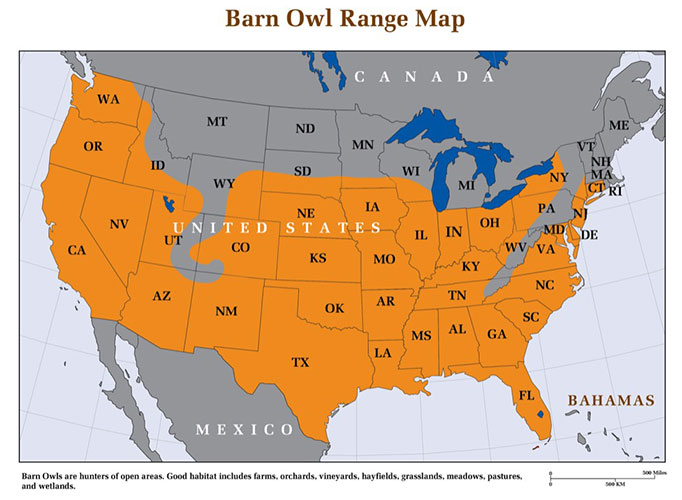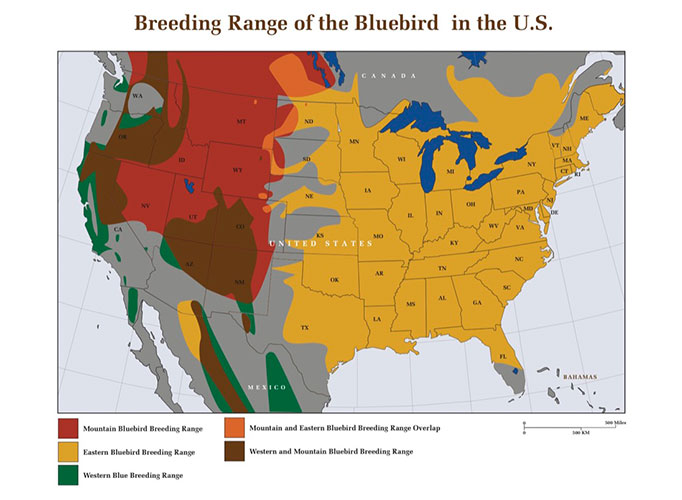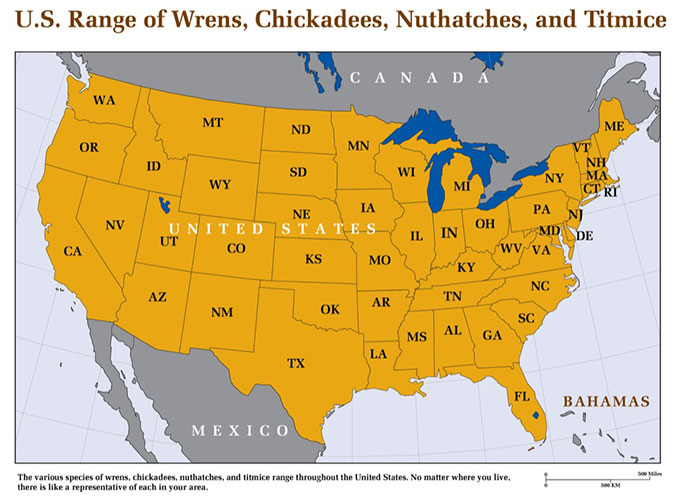Free Shipping to the Contiguous United States
Owl Feathers and Silent Flight
How Owl Feathers Allow Owls to Fly Silently to Catch Prey The Feathers of Birds Bird feathers, in general, have to be one of the most amazing creations in nature. The flight feathers of wings and tail enable birds to…

